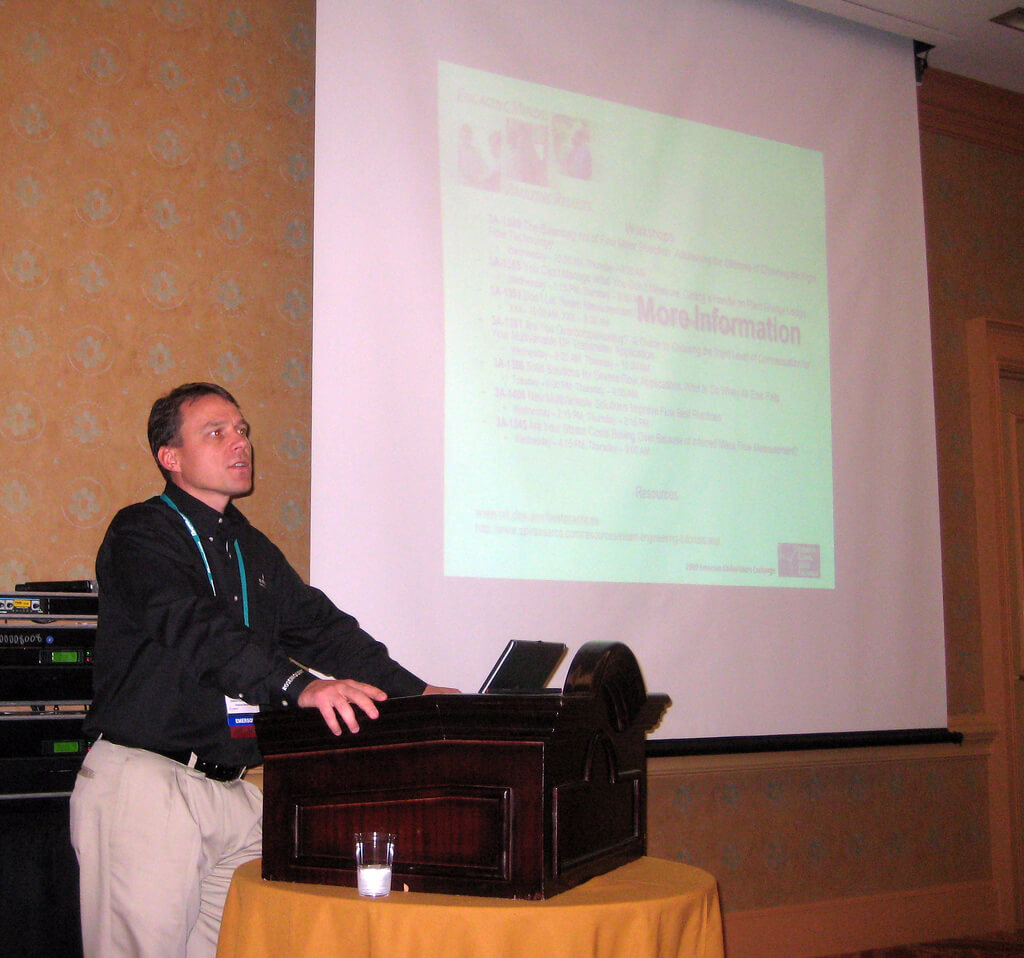Emerson’s Joel Lemke presented You Can’t Manage What You Don’t Measure: Getting a Handle on Plant Energy Usage at the 2009 Emerson Exchange. The presentation’s abstract is:
User cases will be presented demonstrating how new flow metering installations enabled users to reduce their overall cost of steam, compressed air and other utilities. Until meters are in place, it is impossible to prioritize improvement projects or quantify benefits of existing improvement projects. A metering system should be easy to install and inexpensive to operate to ensure net benefits.
Energy costs remain a large part of operating a plant for many process manufacturers. Joel notes that knowledge is required of the utility fluids of where the energy is flowing and how much is consumed. It needs to be granular to know who is using what at a sub-unit level. Good measurement is required to get the information to make the decisions required to optimize energy usage.
Joel showed a steam system showing three boilers feeding a steam header connected to multiple units throughout the process. This pulp and paper mill began to apply a concerted, energy reduction program when oil exceeded $100 (USD) per barrel. The goal was to compare their usage to industry benchmarks in steam, compressed air, process water, and electricity.
The quality of the installation of differential pressure (DP) flow measurement is key to the accuracy and ongoing reliability of this flow measurement. He shared some best practices. The first is ways to eliminate impulse lines. Consider direct mount installations, which eliminates inaccuracies, provides consistent installations, reduces complexity, reduces leak points, and ends leak testing. Leaks are wastes in energy, put personnel at risks, and increase maintenance costs to troubleshoot and repair.
A new best practice, Joel mentions is to mount the DP meter above the pipe as long as the steam is below 400 degF. There is no imbalance between the upstream and downstream side of the pressure measurements across the orifice.
Another energy saving area is to minimize pressure lost from leaks. By auditing the compressed air systems to eliminate leaks, you can reduce compressor horsepower requirements from the source pressure to the pressure at the destination. Annualize over a year, this can result in large energy savings.
Joel discussed self-organizing wireless networks. The cost per point using wireless was much lower because of the lower installation costs. The mill has added temperature measurement in addition to the DP flow measurement. The WirelessHART measurements enabled much more complete monitoring of plant utilities for the given budget.





